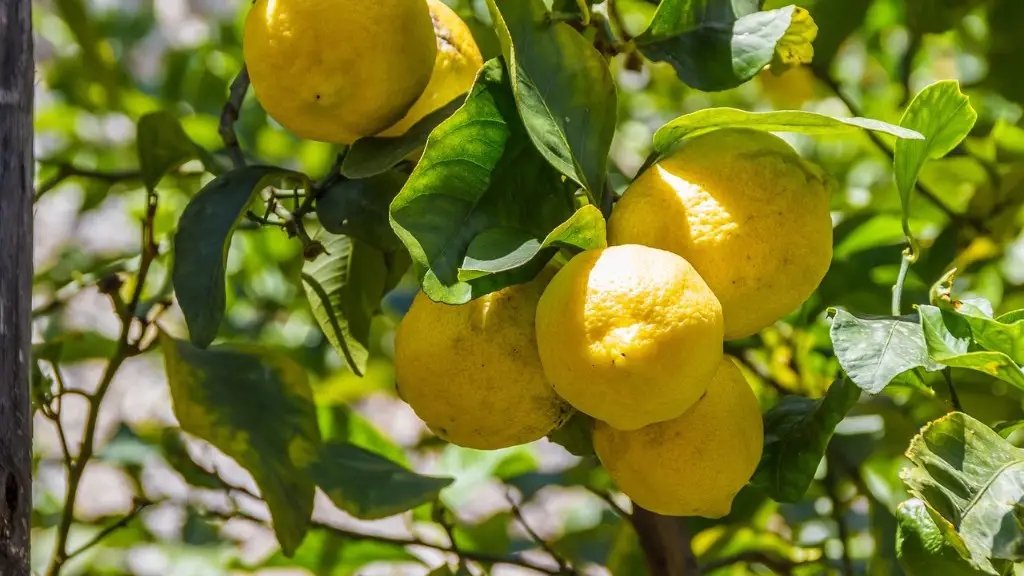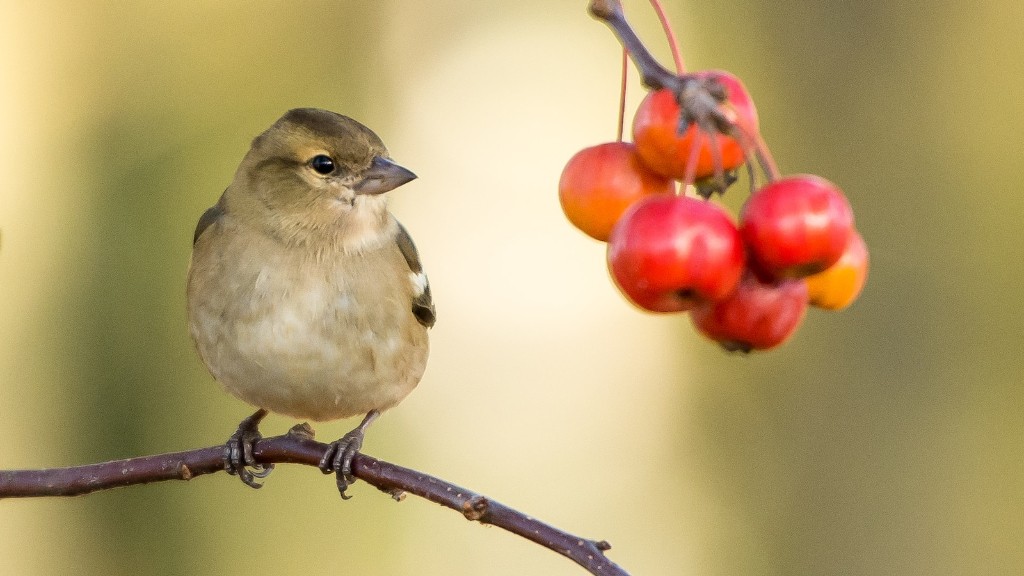Date palm trees are flowering plants native to Northern Africa, the Middle East and some parts of Asia. These trees have an ornamental appearance, becoming up to sixty feet tall and producing large clumps of large, bright leaves on the crown of the trunk. The trunk itself is large and thick, a trait that leads to an impressive trunk-to-crown ratio, and often has several large knots near the ground. It is commonly planted in warmer climates as an attractive landscape tree, either as an ornamental specimen or as a windbreak.
What makes date palm trees so remarkable is that they have been cultivated by humans for centuries, with archaeological evidence suggesting that some varieties may have been cultivated in ancient Egypt. Scientists suggest that this long- term cultivation has caused the development of unique genetic diversity within the species, making them more adaptable to different environments than other trees. This means that these trees can grow in a variety of soil types, from sandy loams to heavy clay soils.
Date palms produce both male and female flowers, which are typically grown in separate trees. Male flowers appear in long, yellow clusters, and female flowers appear in much shorter, pink clusters. The pollination of female plants is carried out by the male tree, for which the flower must be fertilized for the tree to produce dates. This process can take up to fifteen days, with each individual flower being pollinated individually.
The dates produced by the Palm Tree are edible, and vary in taste and texture depending on the variety. The dates are high in sugar content, which makes them delicious when eaten fresh, however they can also be dried, forming an excellent preserved treat, or can be used to make date syrup and jams. Date palms are also popular because they are a valuable source of nutrition, containing essential vitamins and minerals, as well as dietary fiber, iron and calcium.
Dates have multiple uses aside from food, and have been used for over 3,000 years for medicinal purposes. Medically, dates are believed to offer a range of benefits including improved cardiovascular health, stronger bones, improved digestion, as well as improved skin and hair.
Date palms require very specific growing conditions, and thrive in hot and arid climates. They are drought tolerant, and can survive in soil with very low levels of moisture, however they will not tolerate cold temperatures.
Although many people think of the Date Palm as a landscape tree, it is actually a valuable economic tree for many communities. In the Middle East, dates are an important part of the economy, and the trees are seen as an important cash crop. Additionally, date palms can also be used to produce date syrup, which is used in products like sports drinks, shampoos and cosmetics.
Nutritional Benefits
Date fruits are low in saturated fat, sodium, and cholesterol and contain a variety of essential vitamins and minerals. Dates contain significant amounts of vitamins A, B1, B2, B6, C, and K and minerals such as calcium, magnesium, potassium, phosphorus, and zinc. Dates are also rich in dietary fiber, and can thus help with digestion and controlling blood sugar levels.
Research has shown that dates can help to reduce the risk of many types of cancer, and are very beneficial for heart health, thanks to their high levels of antioxidants. Dates also contain compounds like flavonoids, glycosides and phenolic compounds which are known to help protect the body from free radical damage, which can cause premature ageing, and in some cases, cancer.
The high levels of dietary fiber in dates also helps regulate digestion, prevent constipation, and reduce bad cholesterol.
Uses of Date Palms
As well as being enjoyed as a delicious snack, dates can also be used, and have been used, in a plethora of culinary dishes. Dates are a popular ingredient in Middle Eastern cuisine, where they are used as an ingredient in sweet desserts like baklava, as well as savory dishes like hummus or tabbouleh. Dates are also used to make a variety of alcoholic beverages, such as date wine and date beer.
Dates can also be used to make a variety of skincare and beauty products. Date oil is used in some facial moisturizers and eye creams and the ground date paste is used as a natural exfoliant. Dates can also be used as a natural laxative, a natural sweetener, and even as a natural glue!
In addition to their culinary and beauty uses, dates have a range of traditional medicinal uses,most notably in the treatment of gastrointestinal disorders and respiratory illnesses. Dates can also be used to induce labor and to treat fevers, fatigue and headaches.
Environmental Impact
Date palm trees are a major source of food and livelihood for many communities and it is important to consider how the cultivation of such trees can impact the environment. While the palm is theoretically adaptable to a wide range of climates, it is water-intensive and requires a large amount of water to remain productive in dry climates. Historically, this has led to the over-cultivation of water-scarce areas, leading to rapid deforestation and the destruction of wildlife habitats.
Additionally, due to their large size, date palm trees are prone to wind damage and soil erosion, which can cause huge environmental disruption in dry and windy regions. Furthermore, the introduction of large, non-native trees can cause significant imbalance to an area’s native flora and fauna, leading to the introduction of invasive species and damaging local populations.
Benefits of Species Diversity
The species diversity of date palms is important to consider, as some trees have adapted to their local environments over time, leading to the development of gene pools within a certain climate region. This has made some species more resistant to certain environmental challenges than their counterparts, meaning they can survive extreme temperatures, high winds, and even insect infestations with ease. This increased species diversity also adds to the genetic diversity of the species, providing more options for new cultivars to be introduced.
Additionally, greater species diversity provides more opportunities to study the species and understand more clearly how they interact with their environment, leading to improvements in cultivation practices and more efficient methods of date production.
Conclusion
In conclusion, date palm trees are a valuable and multi-faceted species, which can provide food, medication, and even beauty products for those who cultivate them. However, due to their large size, water-intensiveness, and vulnerability to wind damage, their cultivation must be closely monitored to ensure that the environment is not adversely affected. Species diversity is also important to consider, as greater diversity provides more opportunities for research, as well as providing more options for sustainable cultivation.




